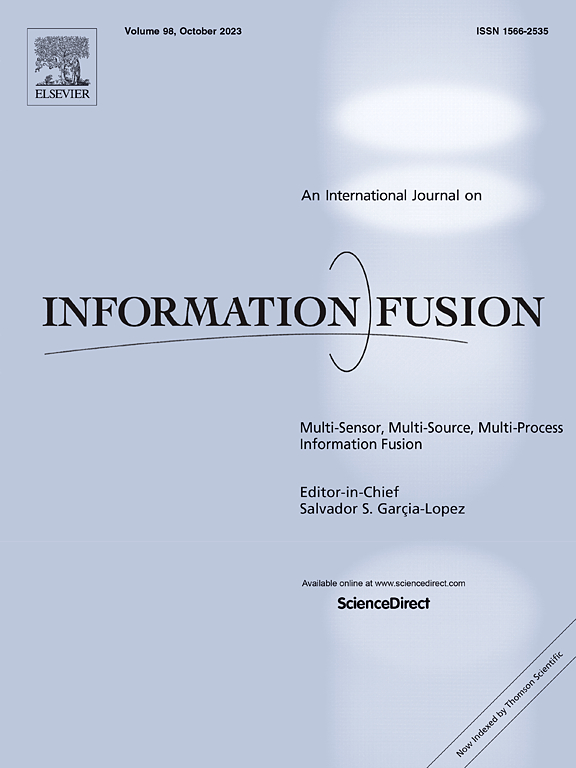无人机满足llm:对代理低空机动性的概述和观点
IF 14.7
1区 计算机科学
Q1 COMPUTER SCIENCE, ARTIFICIAL INTELLIGENCE
引用次数: 0
摘要
以无人机(uav)为代表的低空机动性已经在运输、物流和农业等各个领域带来了革命性的进步。利用灵活的视角和快速的机动性,无人机扩展了传统系统的感知和行动能力,获得了学术界和工业界的广泛关注。然而,目前的无人机操作主要依赖于人的控制,在简单的场景中只有有限的自主性,并且缺乏更复杂的环境和任务所需的智能和适应性。大型语言模型(llm)的出现展示了卓越的问题解决和泛化能力,为推进无人机智能提供了一条有希望的途径。本文探讨了法学硕士和无人机的集成,首先概述了无人机系统的基本组件和功能,然后概述了最先进的法学硕士技术。随后,系统地强调了无人机可用的多模态数据资源,为培训和评估提供关键支持。此外,对无人机与llm融合的关键任务和应用场景进行了分类和分析。最后,提出了自主无人机的参考路线图,使无人机能够通过自主感知、记忆、推理和工具利用来实现自主智能。相关资源可在https://github.com/Hub-Tian/UAVs_Meet_LLMs上获得。本文章由计算机程序翻译,如有差异,请以英文原文为准。
UAVs meet LLMs: Overviews and perspectives towards agentic low-altitude mobility
Low-altitude mobility, exemplified by unmanned aerial vehicles (UAVs), has introduced transformative advancements across various domains, like transportation, logistics, and agriculture. Leveraging flexible perspectives and rapid maneuverability, UAVs extend traditional systems’ perception and action capabilities, garnering widespread attention from academia and industry. However, current UAV operations primarily depend on human control, with only limited autonomy in simple scenarios, and lack the intelligence and adaptability needed for more complex environments and tasks. The emergence of large language models (LLMs) demonstrates remarkable problem-solving and generalization capabilities, offering a promising pathway for advancing UAV intelligence. This paper explores the integration of LLMs and UAVs, beginning with an overview of UAV systems’ fundamental components and functionalities, followed by an overview of the state-of-the-art LLM technology. Subsequently, it systematically highlights the multimodal data resources available for UAVs, which provide critical support for training and evaluation. Furthermore, key tasks and application scenarios where UAVs and LLMs converge are categorized and analyzed. Finally, a reference roadmap towards agentic UAVs is proposed to enable UAVs to achieve agentic intelligence through autonomous perception, memory, reasoning, and tool utilization. Related resources are available at https://github.com/Hub-Tian/UAVs_Meet_LLMs.
求助全文
通过发布文献求助,成功后即可免费获取论文全文。
去求助
来源期刊

Information Fusion
工程技术-计算机:理论方法
CiteScore
33.20
自引率
4.30%
发文量
161
审稿时长
7.9 months
期刊介绍:
Information Fusion serves as a central platform for showcasing advancements in multi-sensor, multi-source, multi-process information fusion, fostering collaboration among diverse disciplines driving its progress. It is the leading outlet for sharing research and development in this field, focusing on architectures, algorithms, and applications. Papers dealing with fundamental theoretical analyses as well as those demonstrating their application to real-world problems will be welcome.
 求助内容:
求助内容: 应助结果提醒方式:
应助结果提醒方式:


